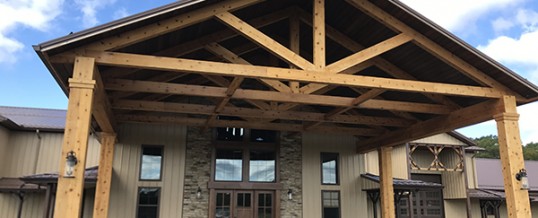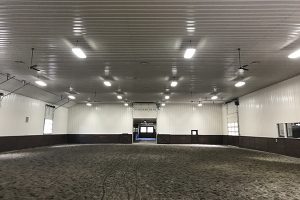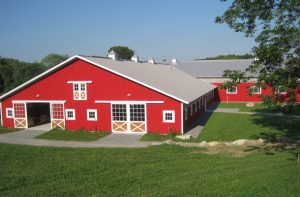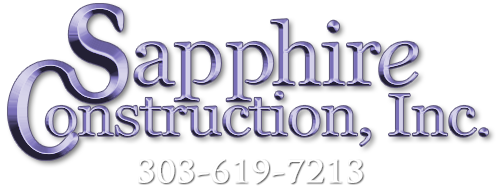
Big Arenas for Multiple Horses and Equestrian Activities in Colorado
Thinking of jumping into the equestrian lifestyle in Colorado? It’s easy to see why people want to get a horse or two and build themselves big arenas to practice. Who can blame them? We notice the many horses and equestrian activities around Douglas County and in nearby rural areas. Where to start?
Figure out which types of activities you or your children would like to learn. Most people like trail riding but you would also like to learn some English or Western skills?
 Here are some possibilities:
Here are some possibilities:
- English riding includes Dressage, Driving, Eventing, Horse Racing, Hunter Jumper, Polo, Saddle Seat
- Western training includes AQHA, Barrel Racing, Cutting, Endurance, Gaited, Halter, Reined Cow, Reining, Rodeo, Roping, Trail Riding, Western Showing
Sizes and Shapes of Specialty Arenas
Big horse arenas can be tailored to suit specific purposes. A regular-sized arena is longer than the size needed for Dressage. A small dressage arena is about 66 feet by 132 feet. A standard size competition arena is about 100 feet x 200 feet and is large enough for full jump courses and other uses. So, there can be plenty of room for a variety of activities.
Pole buildings accommodate indoor arenas with these wide spans. See some of the preferred arena sizes below:
- Dressage – 66 feet by 198 feet
- Calf Roping – 100 feet by 300 feet
- Team Roping – 150 feet by 300 feet
- Steer Wrestling – 100 feet by 300 feet
- Barrel Racing – 150 feet by 200 feet
- Western Pleasure – 100 feet by 200 feet

General Guidelines
A column by Maggie Flowers in “Ask the Trainer” helps narrow down some thoughts on building an arena. She stresses choosing the current building site and emphasizes drainage. Various horse activities need specific layers of soil types to be safe.
“Put your arena on a high point in your property.” She explains, “Make sure the arena has proper drainage. If your arena is dry, you can always water it. However, if your arena has bad drainage, you will spend lots of time and money to ensure proper drainage. It can also be a danger – if your arena doesn’t drain well, the footing will be too soggy to ride without risking injury.”
Footing is also important. Be sure to build the gates flush on the inside of the arena with the latch operable from horseback. All arenas should be either crowned at the corners or sloped gradually from one side to the other. A fence that is at least 6 feet tall discourages horses from putting their heads over the top rail, but a fence for dressage may be much lower.
Demands of Dressage
While most arena activities allow more freedom, dressage is disciplined and regulated. The dressage arena also needs a buffer of 3-6 feet. Build it big and you’ll have space for a full jump course and space to practice longer gaits. If building a competition arena, put the judges’ seat on the long side.
A dressage arena must be rectangular. Make a right angle. It’s important to measure exact right angles. You could use a short, low-cost wooden fence. Dressage arenas typically are no taller than a foot or so. Make sure that the fencing is straight. Make sure to include a gate or two on the short ends so that horses can get in and out of the arena.
The easiest way to place dressage letters is to look at an online diagram for the large or small size arena. The letters are for the purpose of memorizing and executing specific patterns.
Colorado Builders Specializing in Outbuildings
For information about big arenas and outbuildings in Colorado, contact Sapphire Construction, Inc. at (303) 619-7213. Our team custom designs each building using high-quality, engineer-tested materials from Lester Buildings.
MAR
2019

About the Author:
Allen Randa is a second generation Master Carpenter and Owner of Sapphire Construction Inc. Allen personally manages each project from beginning to end. That includes the first meeting, the estimate, the contract and architectural designs.